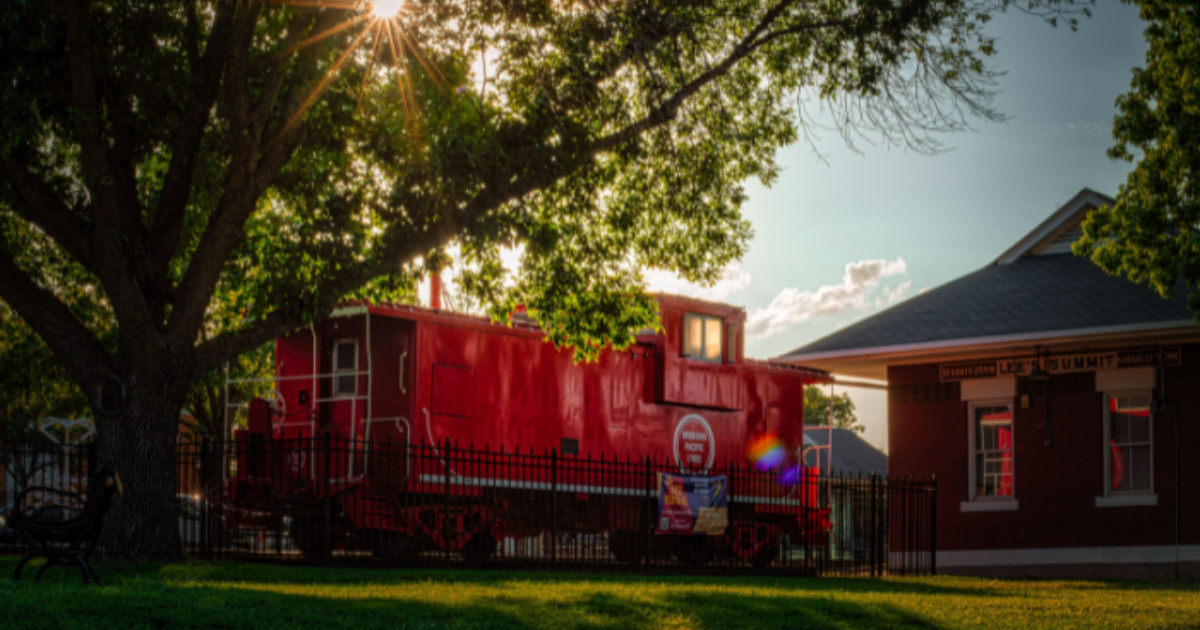Lee’s Summit stands today as a bustling, vibrant city of over 100,000 residents, but it once began as a humble 11-block settlement. While this unique city boasts modern amenities and a thriving community spirit, its charm is deeply rooted in a rich and fascinating history. Nestled southeast of Kansas City, Missouri, Lee’s Summit carries a journey of resilience, community pride, and progressive growth.
Below is an overview of the history of Lee’s Summit from past to present, including some of the historical sites you can visit as a resident. Feel free to use the reference guide below to jump to the parts that most interest you.
Table of Contents
(click any section)
Founding and Early Settlement
The Lee’s Summit story began in 1865 when William B. Howard founded a small town named Strother. Howard, a dreamer inspired by the rolling prairies just east of Kansas City, had moved to the area in the mid-19th century. Envisioning a thriving community that took advantage of the fertile landscape and newly constructed Missouri Pacific Railroad, Howard filed a plat for the original 11 blocks—establishing the heart of what would later become the city’s downtown district (now known as Strother District).
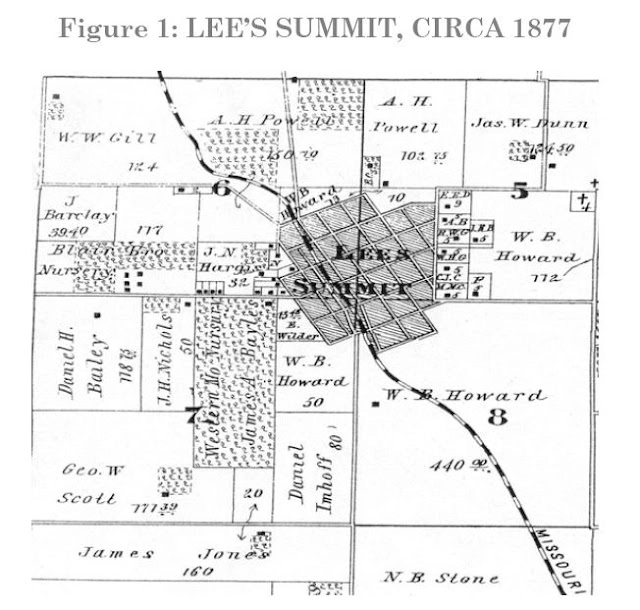
By November 1868, the town’s name had changed to Lee’s Summit, though the origins of the name have been the subject of long-standing debate. One theory is that the town was named after Dr. Pleasant John Graves Lea, an early settler and respected town physician, whose name was misspelled as “Lee” by railroad workers. There are other speculations that the name honors Confederate General Robert E. Lee, though many historians dismiss this theory. While we may not know its true origin, “Summit” reflects the town’s position as the highest point on the railroad line between Kansas City and St. Louis!
A Resilient and Growing Community
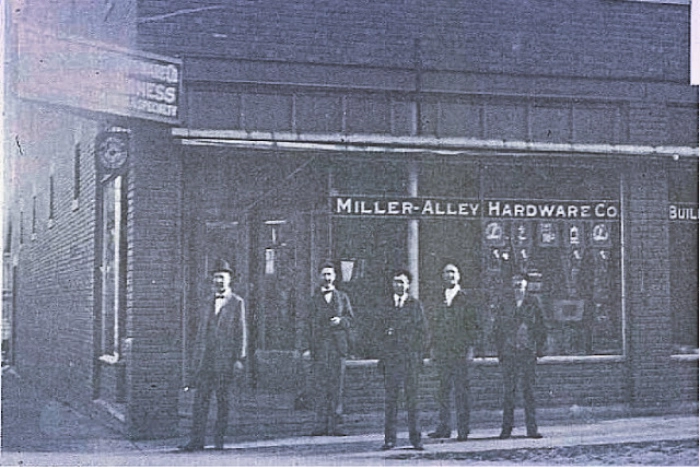
The early days of Lee’s Summit were marked by both triumphs and tragedies. Adversity struck in 1885 when a devastating fire swept through the wooden buildings of the business district, destroying 25 structures and causing $87,000 in damages (approximately 2-3 million in today’s economy) while many residents were attending church. Despite the magnitude of the loss, the citizens of Lee’s Summit displayed incredible grit and determination. They quickly rebuilt their town, showcasing the resilience and unity that would become hallmarks of the community.
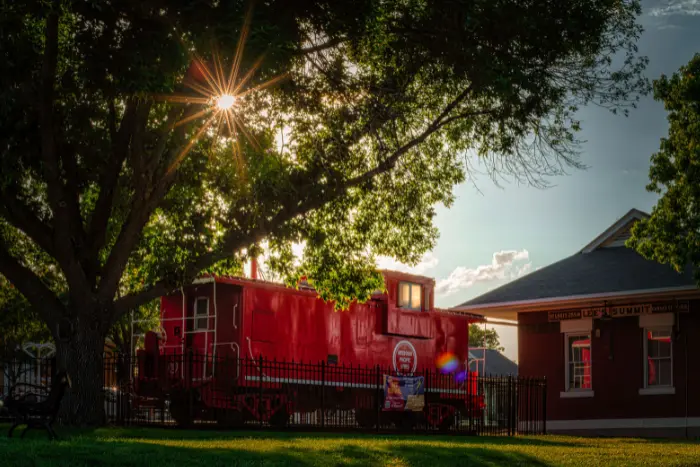
The arrival of the railroad in the late 19th century transformed the area into a hub of commerce and trade, attracting businesses and settlers eager to establish a new life. The town’s growth was fueled by agriculture (with corn, wheat, and oats being staple crops) and the community thrived. By the early 20th century, Lee’s Summit had established an expansive downtown—filled with shops, banks, and restaurants.
Cole Younger and Civil War Legacy
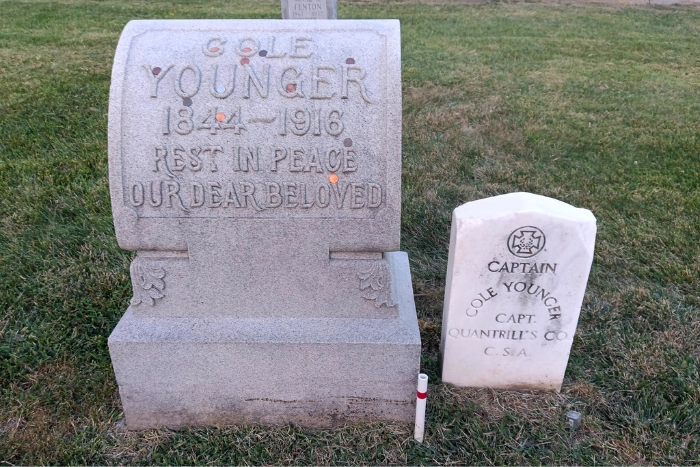
Lee’s Summit also holds a unique place in American history due to its association with infamous outlaw Cole Younger, known as “The Last of the Great Outlaws.” Following the murder of his father during the Civil War and the harsh enforcement of Order #11 which targeted Southern sympathizers, Younger became a Confederate guerrilla fighter with Quantrill’s Raiders.
Younger’s story is woven into the fabric of the town, as (despite his criminal notoriety) local lore suggests that he and his gang saved homes—including that of William Howard during the 1885 fire, earning him a measure of local admiration. After serving 25 years in prison for his crimes, Younger returned to Lee’s Summit, where he lived as a model citizen until his death in 1916. His grave can still be visited in the Lee’s Summit Historic Cemetery.
The Vision of Longview Farm
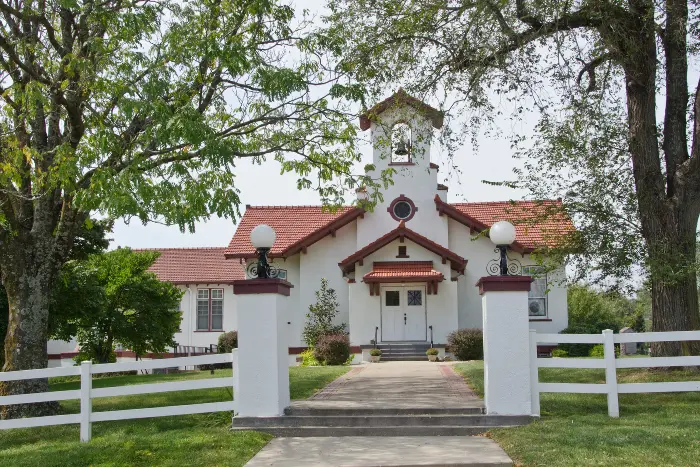
1912 brought one of Lee’s Summit’s most significant developments when R.A. Long, a Kansas City lumber magnate, constructed Longview Farm. This magnificent estate encompassed 1,700 acres and featured a grand mansion, five horse barns, and 42 buildings, with Longview Chapel Christian Church being a notable addition. The incredible development became world-renowned for its beauty and self-sufficiency.
Some of the farm’s rich history has been preserved, with the mansion and chapel listed on the National Register of Historic Places and parts of the farm transformed into popular locations such as Longview Lake, Longview Community College, and the picturesque “New Longview” development.
Post-War Growth and Modernization

The post-World War II era ushered in an age of rapid suburban expansion for Lee’s Summit with improved highways and transportation infrastructure offering residents an easier commute to Kansas City. This significantly contributed to the city’s transformation into a desirable suburban area. The latter half of the 20th century saw a boom in residential neighborhoods, schools, and the establishment of parks and recreational facilities, all tailored to meet the needs of a growing population.
Today, Lee’s Summit is known for its award-winning schools, particularly the Lee’s Summit R-7 School District, which has received acclaim for its academic achievements. The community remains deeply committed to civic engagement and hosts numerous events, such as the beloved Downtown Days Festival, which features live music, food vendors, and family-friendly activities.
A Blend of History and Modernity
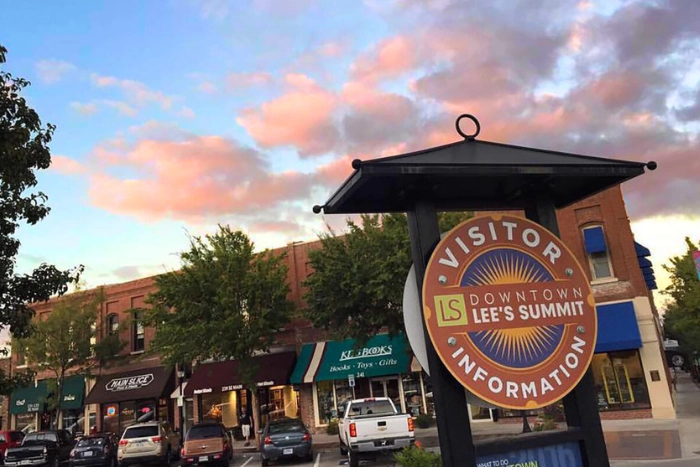
Despite its growth and modernization, Lee’s Summit has never lost touch with its roots. The numerous historic brick buildings and quaint shops that make up Lee’s Summit’s charming downtown area reflects a community dedicated to preserving its past. Ongoing restoration efforts ensure that future generations can appreciate the stories of courage and determination that shaped the city.
Lee’s Summit has earned accolades over the years, including a spot on CNN/Money’s list of “100 Best Cities to Live in the United States.” It’s a place where industry, education, and cultural arts thrive alongside historic landmarks like Missouri Town 1855 and the Longview estate. Whether you’re exploring its scenic parks, participating in local festivals, or simply enjoying the warmth of its residents, Lee’s Summit offers a unique blend of small-town charm and modern sophistication.
Experience the Legacy of Lee’s Summit
If you’ve never visited Lee’s Summit, consider making a trip to experience its vibrant blend of history and modern living. Stroll past the 1905 train depot, visit the shops, enjoy delicious fine dining, and immerse yourself in the community spirit that continues to make Lee’s Summit a special place to call home.


